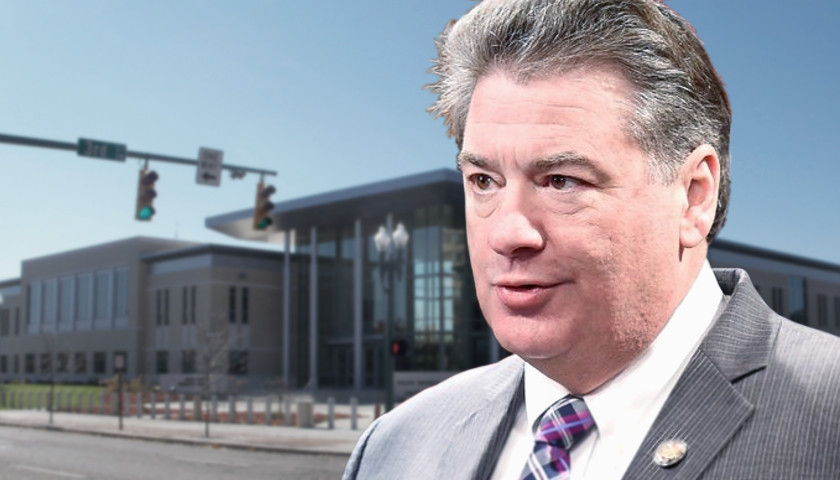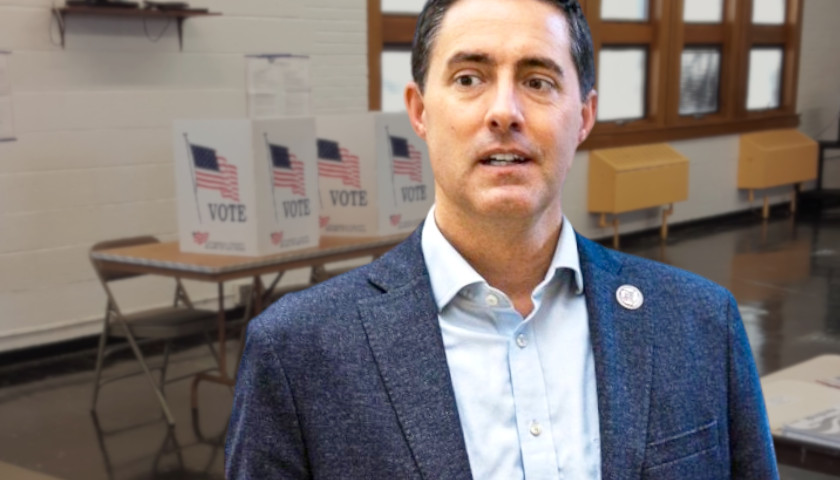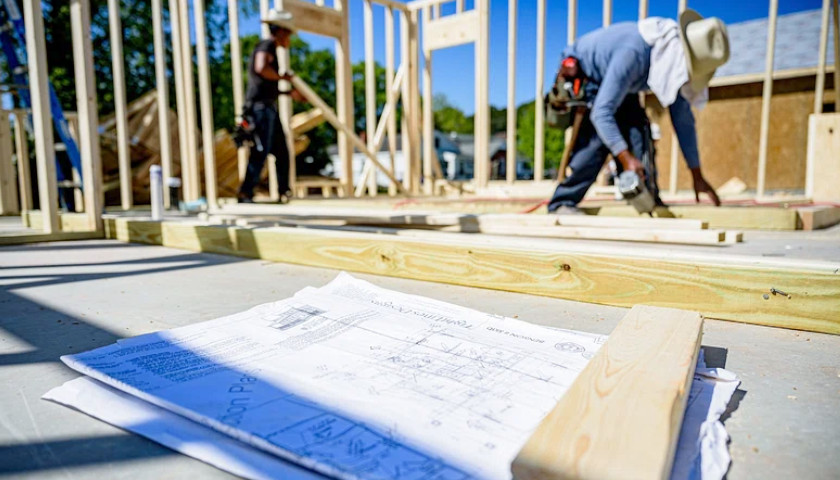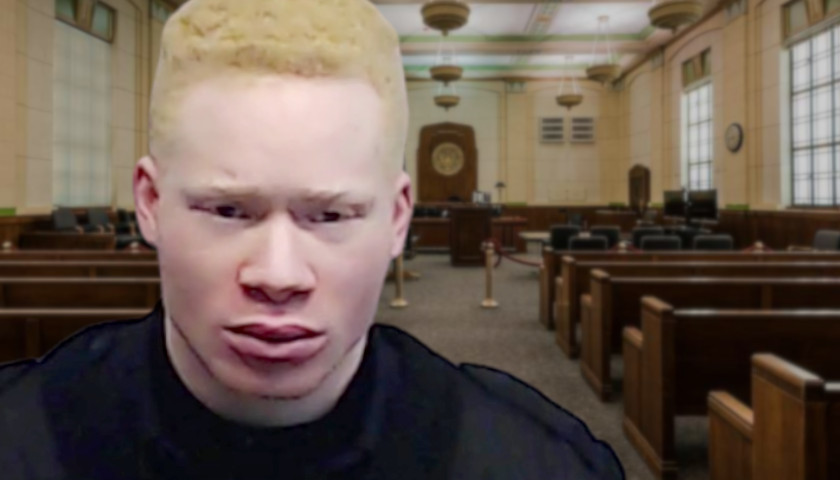The use of photo-enforcement devices – also known as traffic cameras – has a contentious history in Ohio.
Cities first started using them in 1999 when the Toledo City Council passed an ordinance authorizing their use. They made it a civil violation with a fine, but no points on a driver’s license like a police-issued ticket. Other cities followed and citizens often attempted ballot initiatives to eliminate them.
Not having much success at the local level, citizens turned to the state legislature which responded with various limits and laws.
First, the legislature tried to ban the use of cameras, but that was overruled by the Ohio Supreme Court under the state constitution’s “home rule” authority.
Home rule basically means that cities and certain townships have the power to govern themselves and they have the power to adopt and enforce certain regulations that don’t conflict with the state’s general laws. This includes the power to adopt and enforce local police regulations and the Supreme Court rulings have said traffic photo-monitoring devices fall under those police regulations.

Then the legislature said that if traffic cameras can’t be banned, a police officer must be present in order for any ticket from the camera to be valid. That, too, was overruled by the Ohio Supreme Court.
So the legislature went after the traffic camera income, saying that if the cameras were about safety as local officials claim, then the income wasn’t important. They passed a law that says the state can reduce the amount of money it shares with municipalities each year through the Local Government Fund by the same amount the cities bill for camera violations.
The City of Toledo is suing the state over that law and the suit is pending in Lucas County Common Pleas Court.
Next, the legislature passed a law saying that cities can’t use an administrative process for the camera tickets; that all violations must go to the local court system and be heard by a judge. And they added a further provision that says when the cities file those civil cases in the court, they have to pay the court costs up front and can’t recoup those costs even if the accused is found in violation. That law goes into effect on July 13.
Now, State Representative Thomas Patton (R-7) wants additional limits on “traffic photo-monitoring devices” in the state and has introduced four new bills:
- House Bill 139 would prohibit any city or township from using the traffic cameras if they don’t have their own fire department or emergency medical service (EMS).
- House Bill 140 says you can’t use traffic cameras if your population is less than 200.
- House Bill 141 limits the number of camera tickets issued in a jurisdiction to no more than two times the population.
- House Bill 142 adds a limit on the amount of money a jurisdiction can get from camera violations to no more than 30 percent of its total annual revenue.
But there’s a potential problem. The Legislative Service Commission, which conducts an analysis on all bills introduced, says all four bills “may infringe” on municipalities’ home rule authority under the Ohio Constitution. That means these new restrictions could end up in court if they are passed and signed into law.
In fact, the Ohio Municipal League, which represents municipalities in the state, plans to oppose all four bills on the home rule basis.
“We agree with the rulings in 2008 and 2014 where the Supreme Court said municipalities have home rule authority under Article XVIII of the Ohio Constitution,” Ashley Brewster, Communications Director for the League, said. All four bills are “a violation of our home rule authorities.”
Only 30 of the state’s 1,308 townships have adopted a “limited home rule” governmental structure and would be able to challenge the bills on that basis.
Matt DeTemple, the Executive Director of the Ohio Township Association, said his membership hasn’t yet taken a position on the bills, but that they generally oppose bills that limit or reduce local control.
“And the association firmly believes in local control,” he said. “Anything that chips away at that we’re going to question.”
The bills are scheduled for their first hearings in the State and Local Government Committee on Wednesday when Rep. Patton will give his sponsor testimony.
“There’s a new study from Case Western Reserve University that says the cameras don’t improve safety,” Rep. Patton said. He intends to introduce the study during his testimony.
“I’m from a law enforcement family and I have great respect for police and believe people should abide by all traffic laws,” he added. “But the challenge will be for (these groups) to prove how someone getting a ticket 30 days after the fact improves safety. A police car on a highway makes everyone slow down, but I’ll let the Township Association come to the defense” of communities that are just using cameras for the income.
“When we have the opportunity to provide opponent testimony,” Ms. Brewster said, “you bet (the Municipal League) will be doing so.”
But Rep. Patten said that when voters are given a chance to have a say on traffic cameras, they oppose them.
“Are we doing what the people of Ohio want, or are they just doing a money grab,” he asked. “The best thing about legislation is that it should be vetted in hearings and go through two chambers, then to the governor to be signed into law or vetoed. This is government and I appreciate the opportunity to have these discussions.”
– – –
Maggie Leigh Thurber is a writer for The Ohio Star. Email tips to [email protected].





